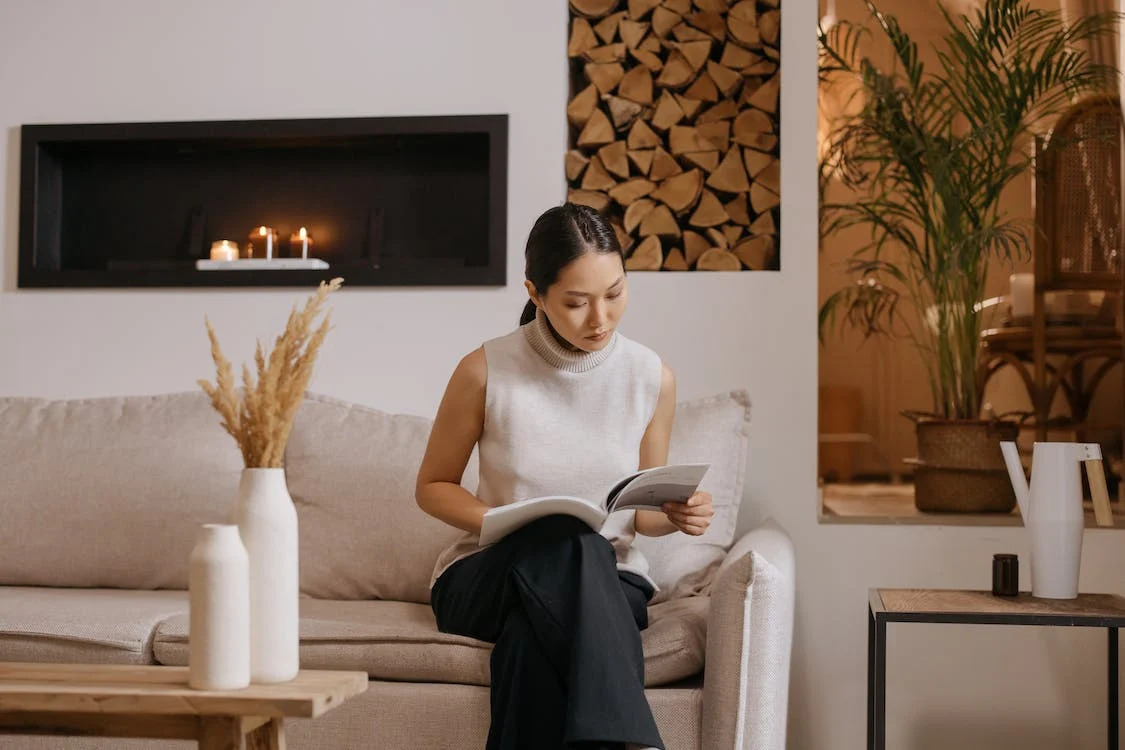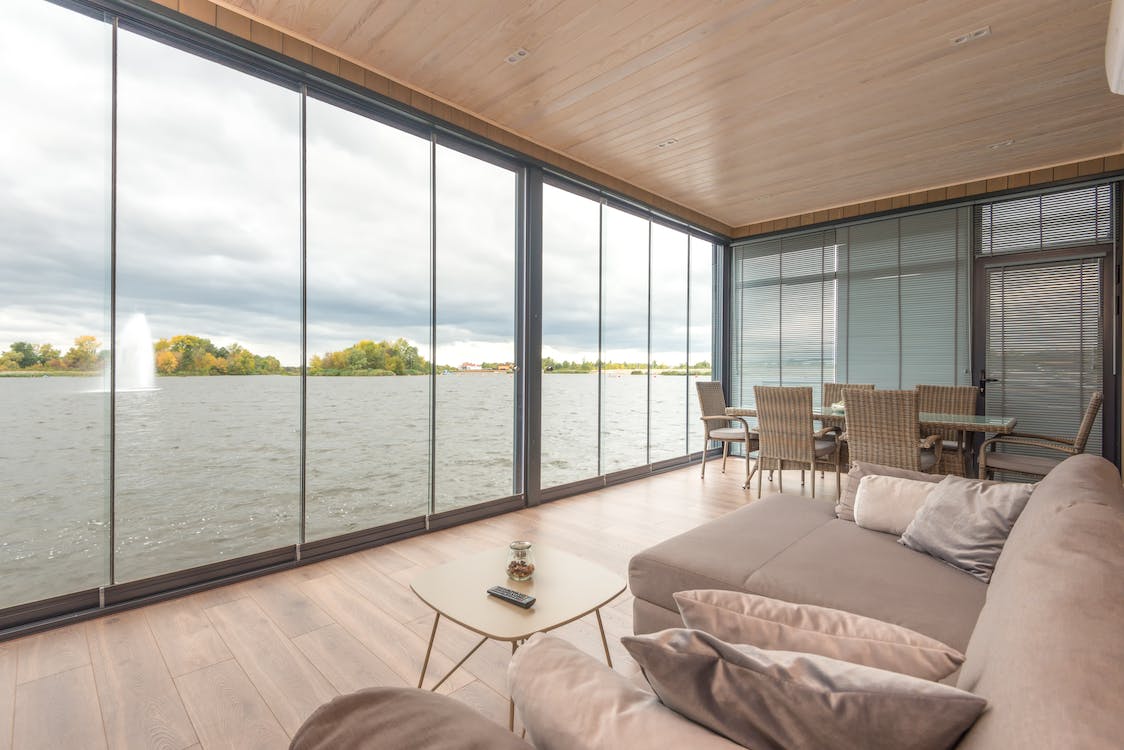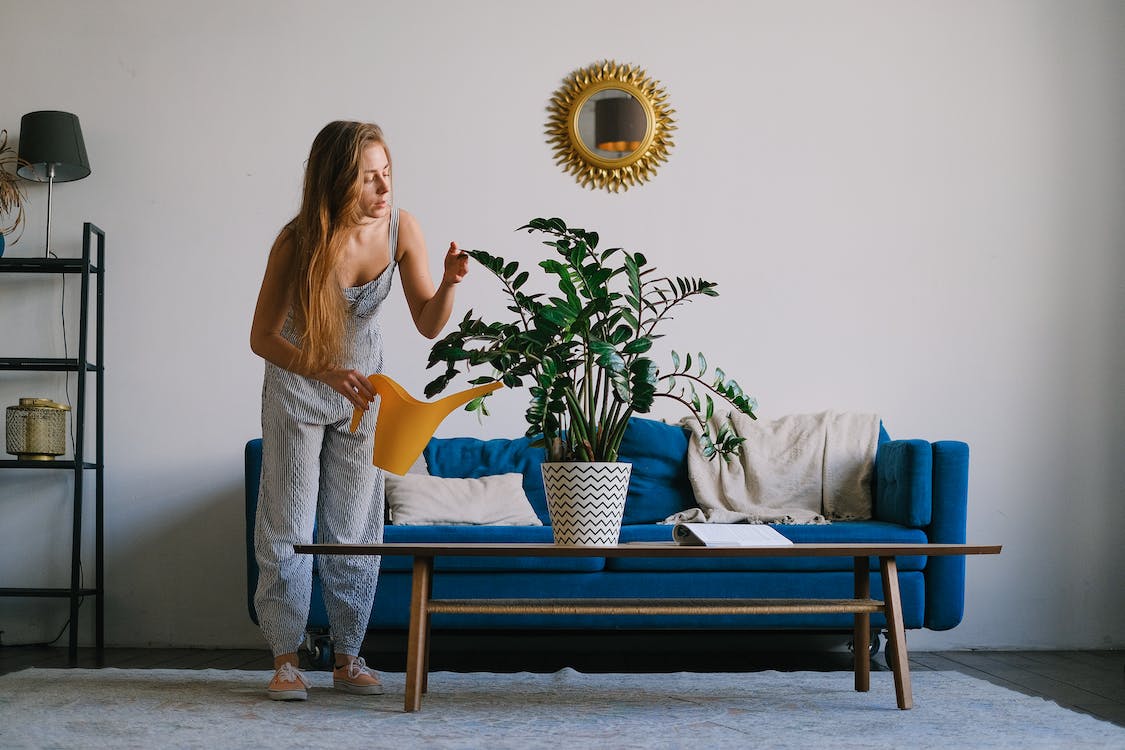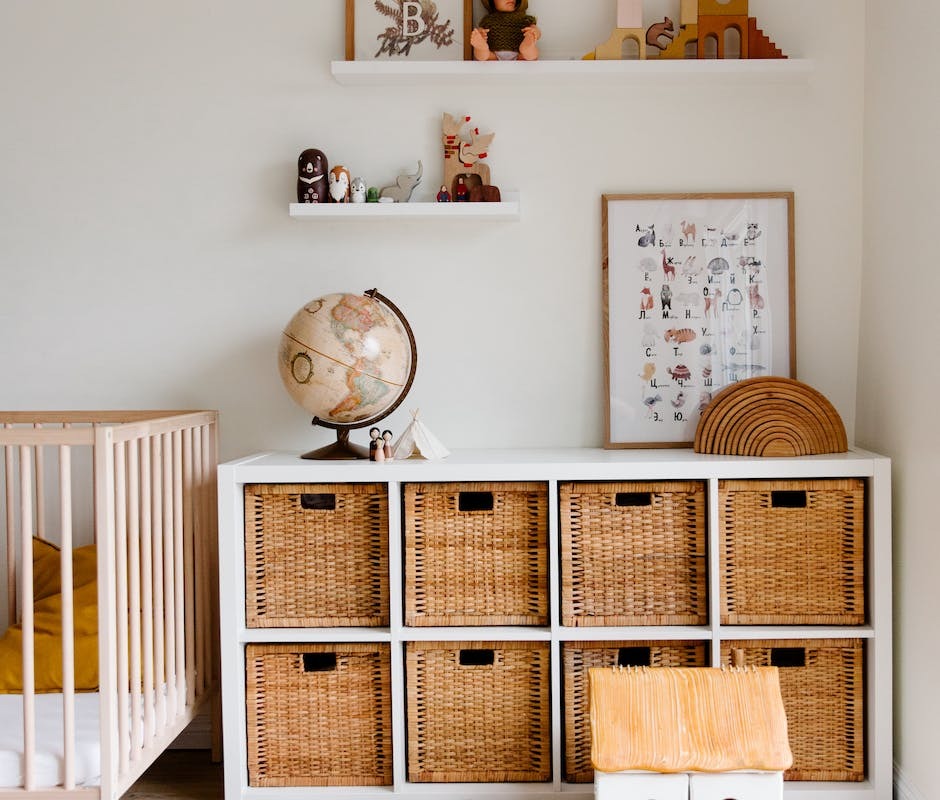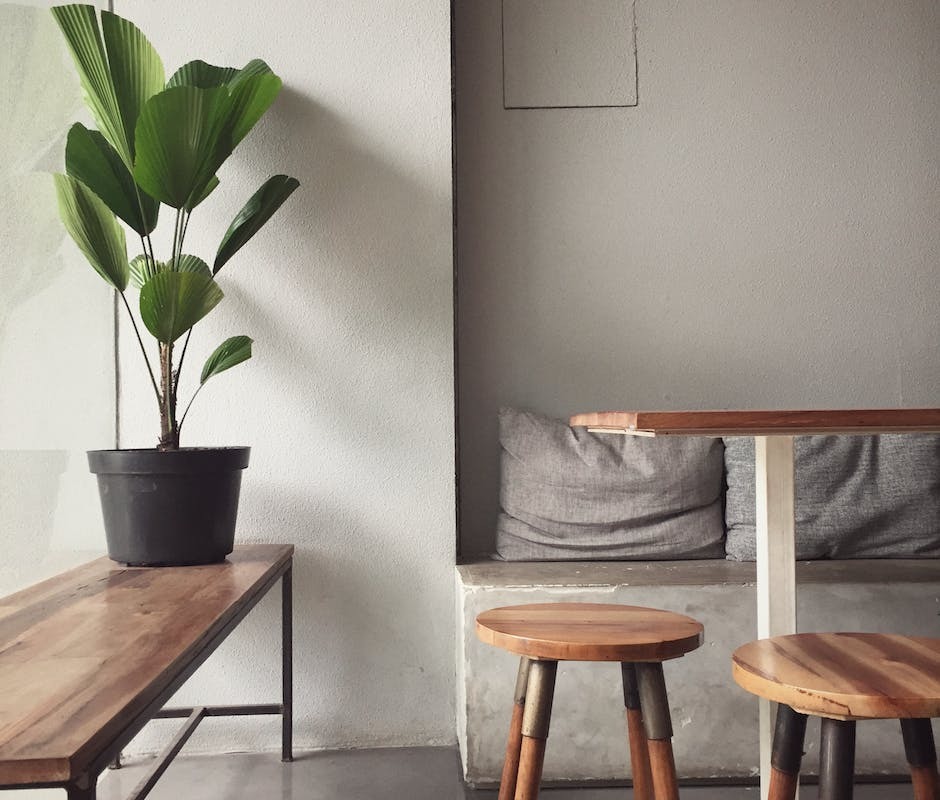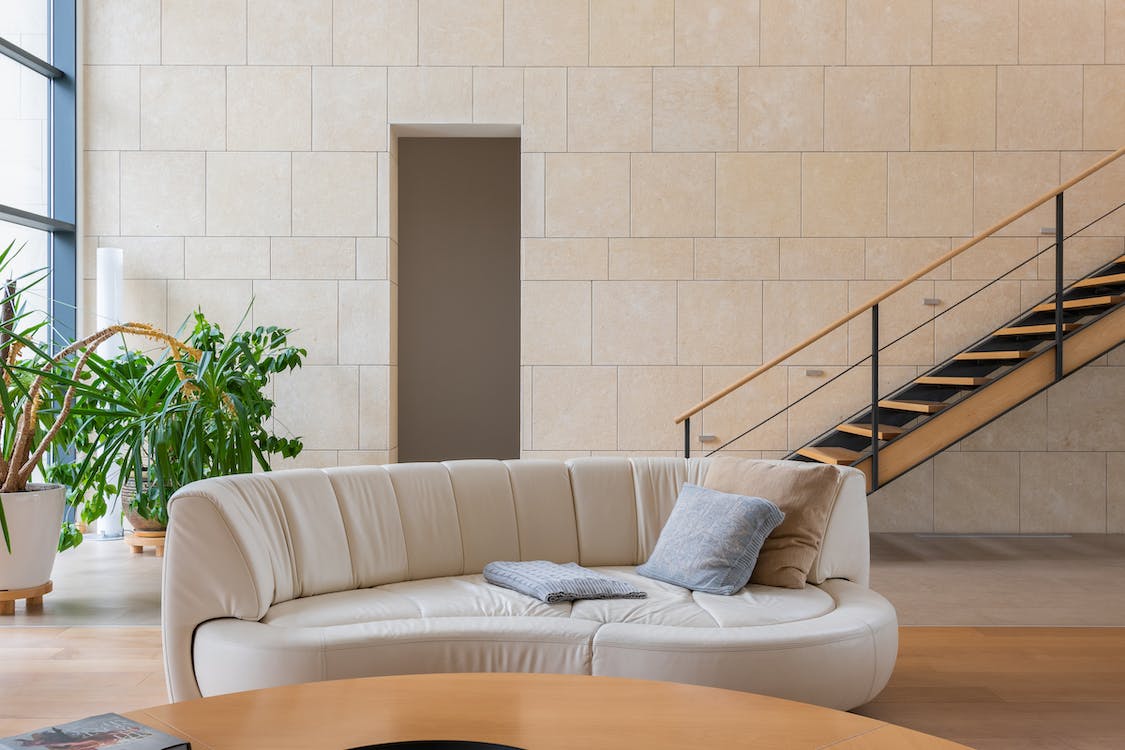Bring Nature into Your Home Through Creative and Beautiful Sustainable Interior Design
Bring nature into your home through creative and beautiful sustainable interior design; it’s simpler than you think! You don’t have to strive for perfection to create a comfortable and beautiful atmosphere. Sustainable interior design innovations like green living walls and biophilic furniture make it easier than ever to create a calming space. What’s the best part? You can be sure your place is one-of-a-kind and of impeccable taste!
Are you dreaming of eco-friendly and timeless design? With sustainable design upgrades, you can achieve harmony between modernity and nature and connect with the environment without sacrificing style. If you are looking for ways to bring nature into your home, wood and sustainable textiles, as well as living walls and natural light, are your go-to materials.
Your home should be an oasis of comfort and a reflection of your personality. That’s why you should prioritize quality, i.e. sustainable materials and textile. Smart design choices include organic materials like linen, wool, and cotton, natural solar shades, and the incorporation of plants. Ready for a change? Replace those old curtains with jute textures and fabric with organic dyes.
Go Green With Sustainable Furniture and Sustainable Design Innovations
This is the perfect time to refresh and reinvent your home, and sustainable design options are the perfect excuse for some eco-friendly renovations! Biophilic pieces, for example, use nature-inspired shapes and texture and make the environment warmer and tactile. Instead of a conventional sofa, why not give vertical green walls and sublime eco-friendly furniture a try? Nature is a powerful source of inspiration, so why not explore it?
Want to up-level your design game? Incorporate timeless and sustainable pieces like reed or cork floors and chairs. From natural wood lighting fixtures to elegant living walls, sustainable design innovations offer luxe looks without worrying about your carbon footprint. In addition, you will bring a touch of outdoors into your home without sacrificing comfort and style.
Bring the Outdoors Inside With Sunlight and Plants
When it comes to building a calm and cozy atmosphere in your home, nothing surpasses the power of natural elements. Let the sun shine in by adding light-colored window treatments or replace them all-together. Install planters around your home and adorn it with luxe greenery for an impressive look. You can even adopt edible plants for a sprinkle of freshness in every room.
Not into plants? Or don’t have a green thumb?Try adding botanical-inspired wallpapers and textured stones. Nature has a peaceful and calming effect on us, and it’s good to be able to reconnect with it in our own homes.Gorgeous wood beams fit in any style and bring in the natural elements you are looking for.
Don’t forget your walls! Select sustainable wood finishes, such as walnut and teak, to freshen up the room and create a warm vibe. Natural stone tiles, warmer shades of paint, and millwork are also excellent eco-friendly options to add texture to your space.
Grow and Replenish With Sustainable Kitchen and Bathroom Options
Your kitchen and bathroom are the perfect places to incorporate sustainable interior design innovation. For example, opt for eco-friendly appliances with energy-saving features and add natural stones for the countertops. Why not switch to an electric heater so you can save energy and money? Eco-friendly fixtures and recycled-glass surfaces are also great sustainable options.
Remember that the charm of sustainable interior design is the ability to combine modern and natural elements. There are endless solutions! Sustainable kitchen and bathroom solutions include products like low-flow showerheads and compostable diapers, both of which bring nature into your home in an unexpected way. Sustainable construction or remodeling is also an option if you’re looking to change things up.
Green cleaning options, bamboo towels and water-efficient toilet flushes are excellent strategies for creating an atmosphere of harmony. In addition, consider repurposing old furniture for your bathroom or kitchen and decorate with plant motifs for a unique design.
Sustainable interior design doesn’t have to be intimidating. From biophilic pieces to living walls and solar shades, you are sure to create a natural and sophisticated space. What’s more, by using timeless pieces like wood and fabrics, your space will remain cozy and modern for years to come. Don’t be afraid to mix materials and blends of colors and go green with sustainable design innovations.
